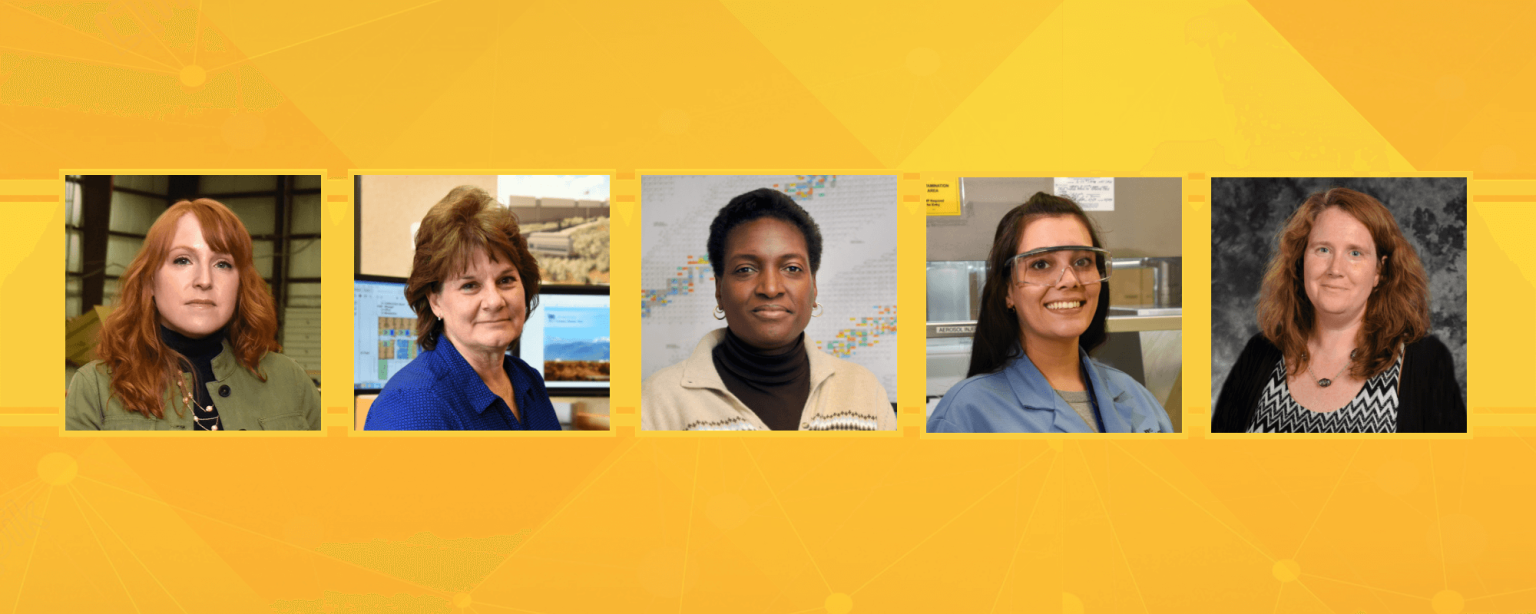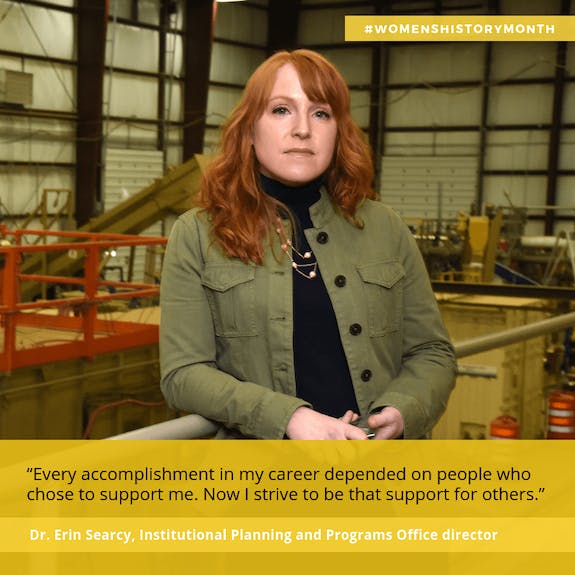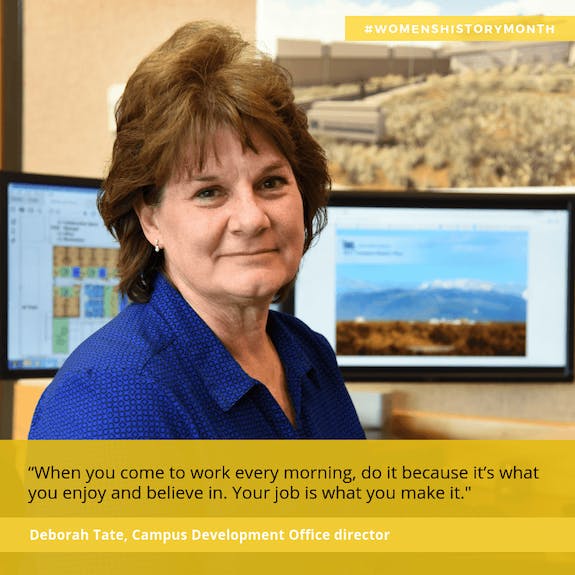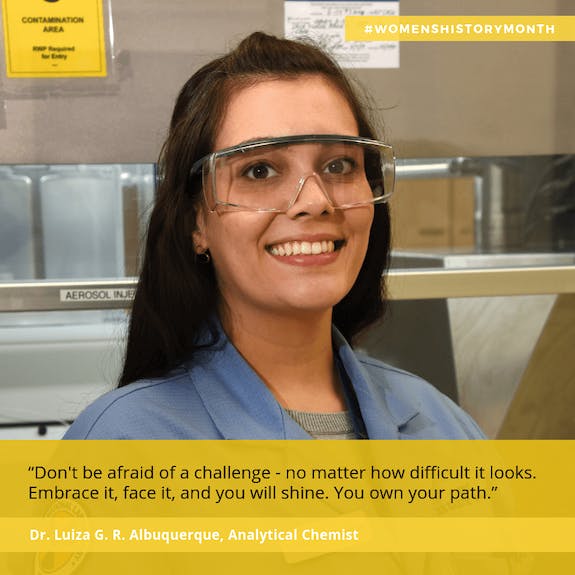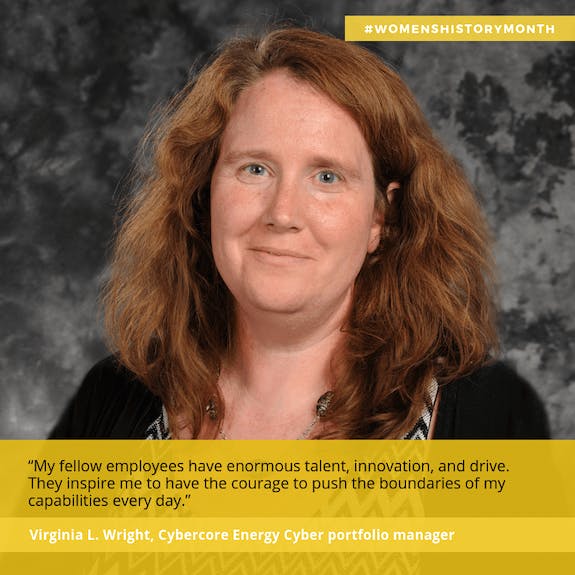Globally, March is celebrated as Women’s History Month. The monthlong event is a chance to recognize and celebrate the contributions women have made to history, culture and society.
Beginning in the early 1980s, women started earning more college degrees than men. The trend has continued, and in 2019, women will earn 57.6 percent of bachelor’s degrees, 61.2 percent of master’s degrees, and 53.1 percent of doctorate degrees. However, those increasing graduation numbers are not translating into leadership positions, particularly executive leadership positions. In 2018, 24 CEOS in the Fortune 500 were women. That’s 4.8 percent. How can we move the needle and start seeing more women in leadership positions? According to Ripa Rashid, managing director of Culture@Work, the key is sponsorship.
Sponsorship is a strategic alliance between a highly motivated professional (protégé) and a more senior leader (sponsor) capable of propelling the protégé into career advancement opportunities.
“Sponsorship has been around for a long time, but traditionally operates along lines of similarities – something sociologists call homophily, or love of those like ourselves,” said Rashid. Sponsorship has typically followed the “mini me” syndrome and has been conferred by leaders on those who remind them of themselves and look like them.
The mini me syndrome isn’t malicious; it’s just what’s comfortable. However, people with different genders or with different backgrounds can be great sponsors because they help protégés look at things from a different perspective.
Take Deborah Tate, Campus Development Office director. Like many women who started their careers in the 1980s, Tate entered a field where most of her colleagues were men. Many women struggled in that environment, but Tate said what made the difference in her career path was having great mentors. And they all happened to be men.
Three women from INL discuss their experiences working at INL and the influences that shaped their career paths.
MEET DEBORAH TATE, CAMPUS DEVELOPMENT OFFICE DIRECTOR
As the director of the Campus Development Office, it’s Deborah Tate’s job to oversee all the laboratory infrastructure strategic planning. INL’s infrastructure covers land in five Idaho counties, the city of Idaho Falls, the state and privately owned land, so it’s a big job. For Tate, it’s the most fun job she’s ever had. “I love strategic planning and getting to peek over the fence at what’s coming next,” she said.
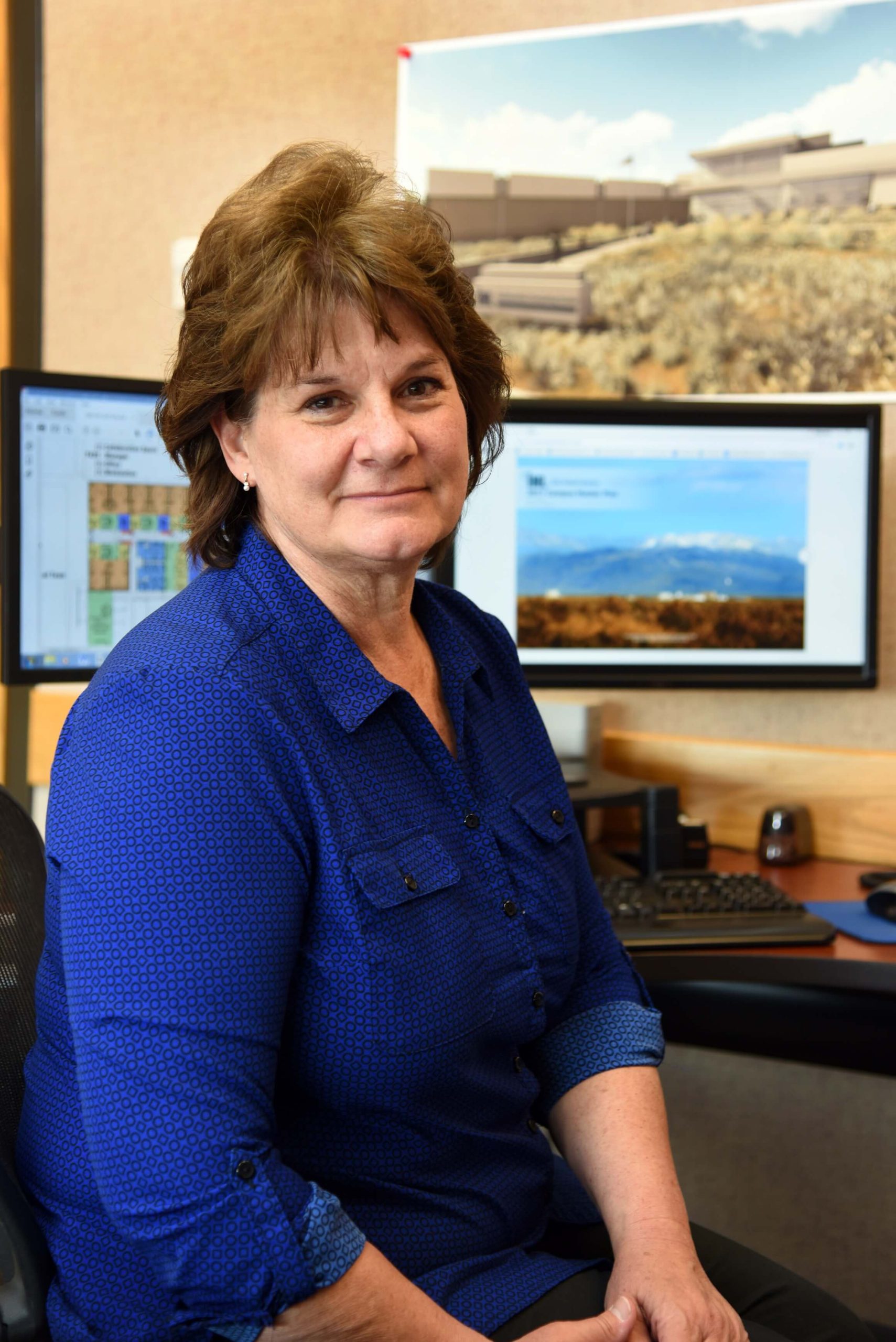
Tate’s family moved from Texas to Idaho when her uncle convinced her dad to look for a job at INL. Tate’s dad found work in a fabrication shop at the Auxiliary Reactor Area (ARA), and later the Central Facilities Area (CFA). Her mom worked as a custodian at what was then Argonne National Laboratory-West and later as an administrative assistant at the Idaho Nuclear Technology and Engineering Center (INTEC).
As a kid, Tate had dreams of working as an aeronautical engineer at NASA. Because Idaho universities had no such degree program, and cost was an issue, she chose the next best thing at University of Idaho (UI) – physics. One course changed her trajectory.
“I took the computer science class and fell in love with it, so I switched my major to computer science” she said. Tate worked full-time to pay her way through college, but left during her senior year because she was burned out and broke. When she returned home to southeast Idaho, Tate interviewed and was hired to work as technician at INTEC.
After about a year at INTEC, Tate took a position as a data entry clerk at the Zero Power Physics Reactor (ZPPR), which was operating as the Zero Power Plutonium Reactor at the time. “With the exception of the two secretaries in the building, I was the only other woman, and there was an age difference of about 20 years between me and the reactor physicists,” she said. At ZPPR, she worked with Ron Goin, who became her first mentor and whom she still stays in touch with.
Two years after leaving college, she completed a bachelor’s degree in computer science from UI while working full-time. Under Goin’s mentorship and that of Dr. Harold McFarlane, Tate progressed from being a programmer, to a project lead, and then to an engineering department manager.
While working with a team of programmers coming from the decommissioned EBR-II reactor, Tate met project manager Bob Benedict, who quickly became her next mentor. “Bob was great because I always knew he had my back,” she said. “He was fair with everyone no matter who you were. He taught us the value of hard dollars and the ability to solve problems on our own, yet he held us accountable.”
During this time, Tate also took the opportunity to pursue a master’s in computer information systems from the University of Phoenix.
“I’m amazed at where I am today and the opportunities I’ve had at the lab,” said Tate. One of those opportunities was when Juan Alvarez, deputy laboratory director for Management and Operations, hired her as the Engineering Services director. “Juan has been such a great mentor,” said Tate. “He has seen my career highs and lows, but has always remained encouraging and been a proponent to see the positive side. That’s meant a lot to me.”
Tate said she’s had an overall great experience in her 35 years at INL; however, gender has played a role in how she’s behaved socially as a professional. In the 1990s to 2000s for example, one woman going out with a group of male colleagues, especially a married woman with kids at home, was viewed differently than if the roles were reversed. The social rules have relaxed, but there is still a lot of pressure on women to toe the line between being “one of the guys” and a respected leader.
Tate’s advice to others – men and women alike – is to do a job because you enjoy it. “Don’t do it to climb the corporate ladder or make a name for yourself. Those accomplishments are short-lived,” she said. “When you come to work every morning, do it because it’s what you enjoy and believe in.”
MEET DR. LUIZA G. R. ALBUQUERQUE, ANALYTICAL CHEMIST
Dr. Luiza G. R. Albuquerque likens her job as an analytical chemist to that of a crime scene investigator. “I analyze samples of fuels and materials to give researchers information about impurities, the efficiency of products, and let them know if their samples are behaving as expected,” she said. Albuquerque’s work helps predict problems that might occur with specific materials and helps to develop better, more predictable fuels and materials.

Born and raised in Sao Paulo, Brazil, a city of 11 million people, taking a job in another country was a change. “Obviously Idaho is a lot different from Brazil,” she said. “But I never imagined I would adapt so fast. I love it here. It has everything you need, but everything is so close you don’t have to drive far for shopping or work.”
Albuquerque also loves that the Idaho locals are so friendly. “It’s like when we’d go to the countryside in Brazil,” she said. “Everyone greets you and says ‘hi.’”
For Albuquerque, a career in science was a natural path. The first time she took chemistry and physics in school, she really liked it. Growing up, she wanted to be a veterinarian, but when she discovered she’d have to deal with blood, she changed her mind.
“I started watching this American television show called Beakman’s World,” she said. “There was a crazy scientist in a bright green lab coat whose sidekick was a giant mouse. It made science seem really fun.” Albuquerque would replicate the experiments she saw on the show at home and knew she wanted a career in science.
She earned both of her degrees at the University of Sao Paulo, first her bachelor’s in chemistry and then her doctorate in analytical chemistry.
In the U.S., about half of those earning science and engineering degrees are women. But it’s still fairly rare for women to enter those fields in Brazil and even more rare to see women in leadership positions in industry or the government. “Brazil has a machismo culture, and many people think women should be gentle and passive at all times. They don’t realize we can be gentle, but also brave and confident,” said Albuquerque.
She said in Brazil women in scientific fields are often viewed as just “girls playing at science.” “They wouldn’t even use the term ‘women,’” she said. “They’d call us ‘girls.’”
One place where that culture was different was at a manufacturing company where Albuquerque worked in the quality control lab. There were mostly women working in the lab and mostly men on the factory floor. “We’d recommend process changes based on our lab analysis, and the men would just laugh at us,” she said. But the people who made the decisions in the company valued their advice and even took the initiative to hire more female scientists.
Albuquerque is happy to see that INL values all of its employees, no matter where they’re from, what they look like, or what their name is. She says one thing she’s learned since beginning her career is that it’s important to trust your instincts. “Someone around you might say something to make you doubt yourself, but trust your skills and abilities,” she said.
“Don’t be afraid of a challenge – no matter how difficult it looks” Albuquerque said. “Embrace it, face it, and you will shine. You own your path.”
MEET ROBERTA JORDAN, NUCLEAR SAFETY ENGINEER
How does a kid from inner city Denver end up living in Idaho working as a nuclear safety engineer? For Roberta Jordan, it was all about being open to opportunities, taking chances, and knowing that if something didn’t work out, there is always another opportunity on the horizon.
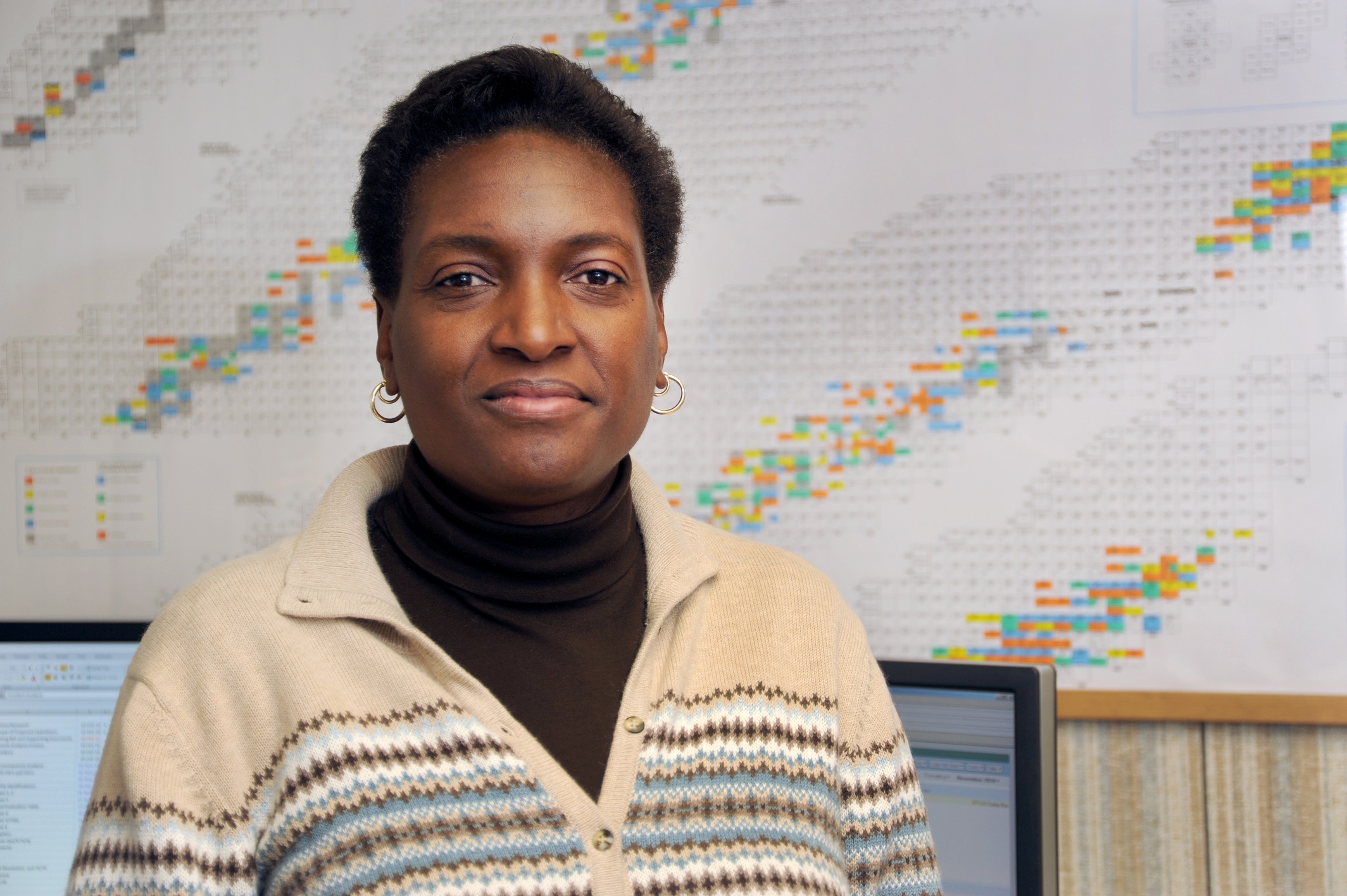
Jordan was the first person in her family to go to college and didn’t have role models in the STEM fields, but she always knew she was good at math and enjoyed solving problems. “Growing up, I thought I wanted to be a doctor,” she said. “But when I discovered how much blood and guts were involved during my sophomore year of college, I realized that line of work wasn’t for me.” She switched her major and has been involved in STEM fields ever since.
Now a nuclear safety engineer who provides guidance on procedures and requirements to ensure projects operate safely, Jordan started her career at INL 34 years ago just a week after earning her undergraduate degree in biochemistry from Idaho State University. “I was hired to be a researcher in a brand-new department called Biotechnology,” Jordan said. “I was so excited about the possibilities.”
Not long after she started in that position, Jordan had the opportunity to work in the analytical chemistry laboratory at INTEC to support fuel reprocessing research. “Although the materials we analyzed in the biotechnology lab were different from nuclear materials, the basic principles and methods were similar,” she said. “Never turn down the opportunity to learn something new.”
When she joined INL, one of the biggest eye openers for Jordan was the realization that she was often one of the only women or only person of color in the room. Whether it was in a lab or in meetings, she felt a sense of being different, and it was easy to have self-doubt that she belonged. “I had to recognize that I was in that work situation or part of that meeting for a reason – because I had the knowledge and expertise,” Jordan said. “I had information to contribute, and I deserved to be there just as much as everyone else.”
Things have changed since Jordan began her career, but there are still times when she’s one of the only women or the only person of color in the room. Jordan’s advice to those beginning their careers: Find a mentor. “I didn’t have a mentor, so now I try to be that person for others,” she said. “Mentors can help navigate through roadblocks and provide guidance.”
While working full-time at INL, Jordan took advantage of the Employee Education Program and earned a master’s in chemistry, something that propelled her to the position where she is today. In her current job, new projects come to her for guidance so she gets to be on the forefront of all the innovative, exciting research. “I love being involved in the new projects and I’m in a unique position to interact with a diverse group of people,” she said.
Overall, Jordan has had a great experience working at INL and living in southeast Idaho. “This is an amazing place to live and I’ve met people who are friends for life,” she said.
Learn more about Women’s History Month:
- Women’s History Trivia Quiz
- Women’s History Month Timeline (from DiversityInc)
- Women’s History Month Facts and Figures (from DiversityInc)
Social Media Campaign Posts — #WomensHistoryMonth

